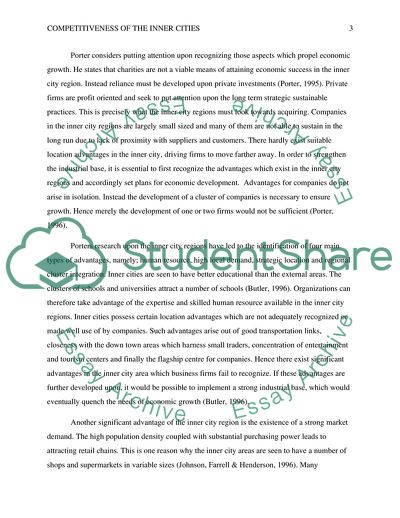Cite this document
(Competitiveness of the Inner Cities Essay Example | Topics and Well Written Essays - 1750 words, n.d.)
Competitiveness of the Inner Cities Essay Example | Topics and Well Written Essays - 1750 words. https://studentshare.org/marketing/1876959-urban-competitiveness-and-inner-cities
Competitiveness of the Inner Cities Essay Example | Topics and Well Written Essays - 1750 words. https://studentshare.org/marketing/1876959-urban-competitiveness-and-inner-cities
(Competitiveness of the Inner Cities Essay Example | Topics and Well Written Essays - 1750 Words)
Competitiveness of the Inner Cities Essay Example | Topics and Well Written Essays - 1750 Words. https://studentshare.org/marketing/1876959-urban-competitiveness-and-inner-cities.
Competitiveness of the Inner Cities Essay Example | Topics and Well Written Essays - 1750 Words. https://studentshare.org/marketing/1876959-urban-competitiveness-and-inner-cities.
“Competitiveness of the Inner Cities Essay Example | Topics and Well Written Essays - 1750 Words”. https://studentshare.org/marketing/1876959-urban-competitiveness-and-inner-cities.


